Nea studio’s Hamptons house investigates emerging environmental technologies
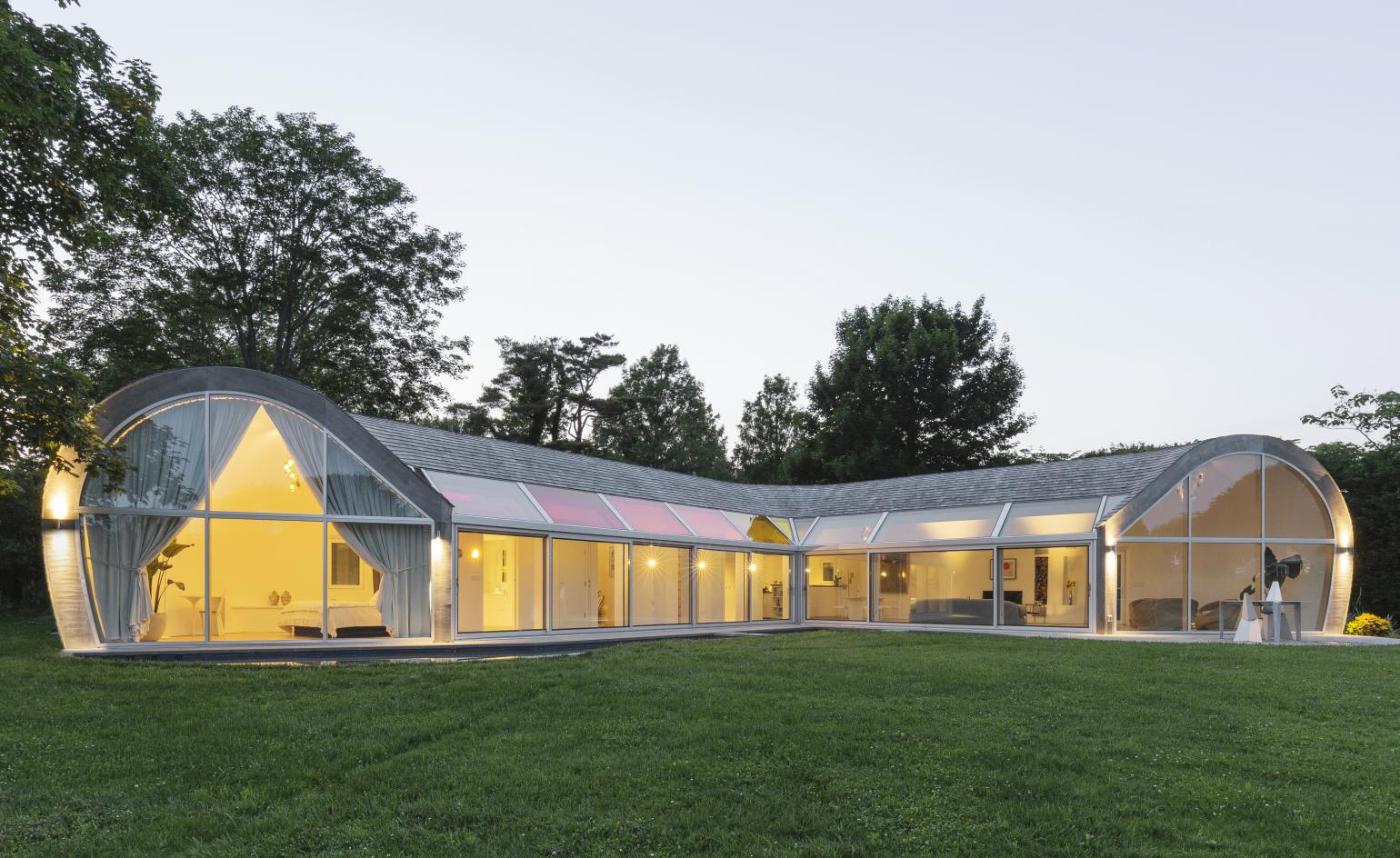
Nina Edwards Anker of nea studio has used the design and fabrication of her summer home in the Hamptons to further her dissertation research on solar design and affect theory at the Oslo School of Architecture and Design. Humble in physical footprint only (the house is 1730 sq ft), this experimental three bedroom home is anything but modest when it comes to environmental inquiry and sustainability credentials. It’s fully LEED certified, exceptionally well sealed and almost completely self-sufficient.
‘Cocoon house is the investigation of emerging environmental technologies and their effectiveness, with affect at the forefront,' explains the Brooklyn-based designer. Edwards Anker is referring to a design philosophy whereby effective environmental technologies serve as the backdrop to the actual experience of a design. In Cocoon House, Edwards Anker has achieved this by bringing a number of environmental and ephemeral elements to the fore. Her expression of solar rhythms (as experienced in the form of light and shadow), a play on reflectivity and translucency, and a strong connection between indoors and outdoors are all evident in the primary architectural concept.

Cocoon House is so-named for its curved shape, defined by two contrasting components. The outward section, which faces west and north as well as the neighbouring properties, offers privacy and thermal mass in the form of an armadillo-esque epidermis of cedar shingles. The opposite side of the house is translucent, with full height glazed sliding doors engendering ocean breezes, a profusion of natural sunlight across the interior, solar heat gain and views of the expansive garden.
The southern skylights along the bedroom wing filter light through coloured transparent panels in hues ranging from vermillion red to intense yellow into the interior. In conjunction with reflections off the shimmering pools, coloured light casts enter the house in the form of graphic shapes, which move around like roving wallpaper, in line with biorhythmic cycles. ‘I am super curious about how the seasons affect this house,' says Edwards Anker. ‘At a certain time of day, I take pleasure in watching a vermillion shape pass across the master bedroom for example. When a particular triangle of coloured light passes through the kitchen in the summer, I know that it’s time to take my kids to camp.'
Adding to the exceptional level of control, accuracy and detail inherent in this project, Edwards Anker is also responsible for the majority of the furniture and lighting in the house. The sparely furnished interior features her Beanie Sofa (made out of lentils), her Algae Lamps, a Solar Chandelier, polyethylene rattan Knottie armchairs and a Cantilever Table, amongst other designs.
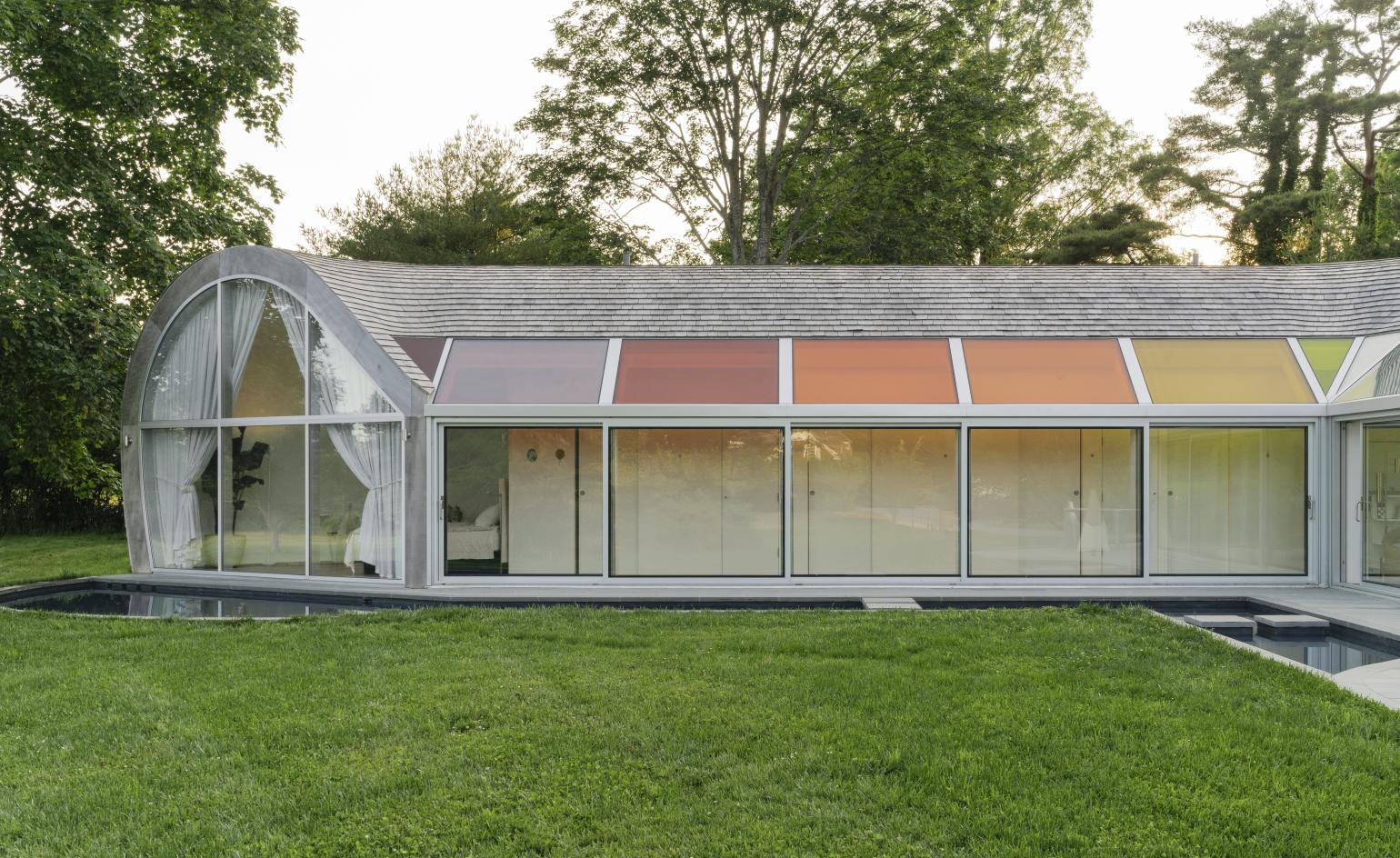
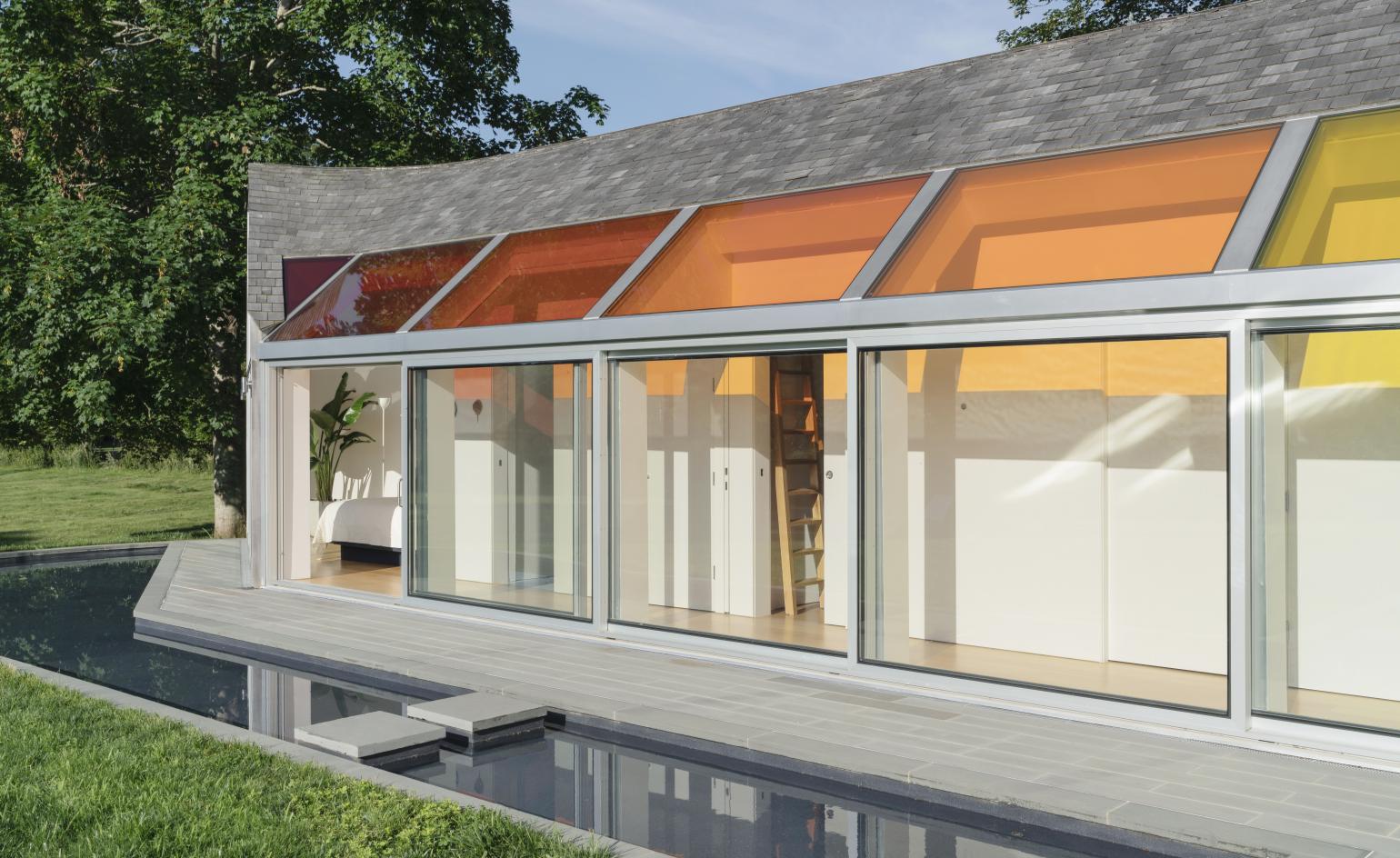
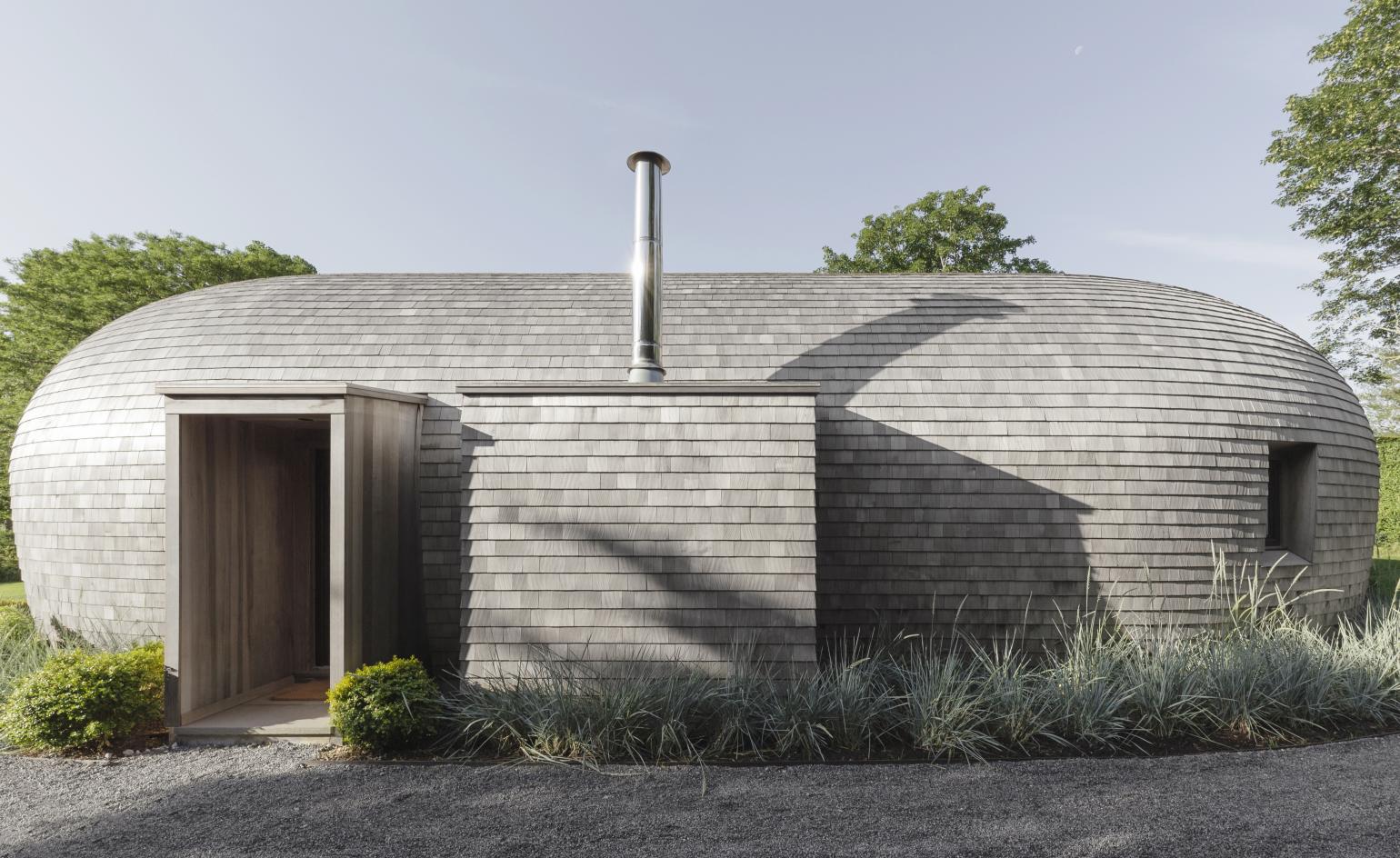
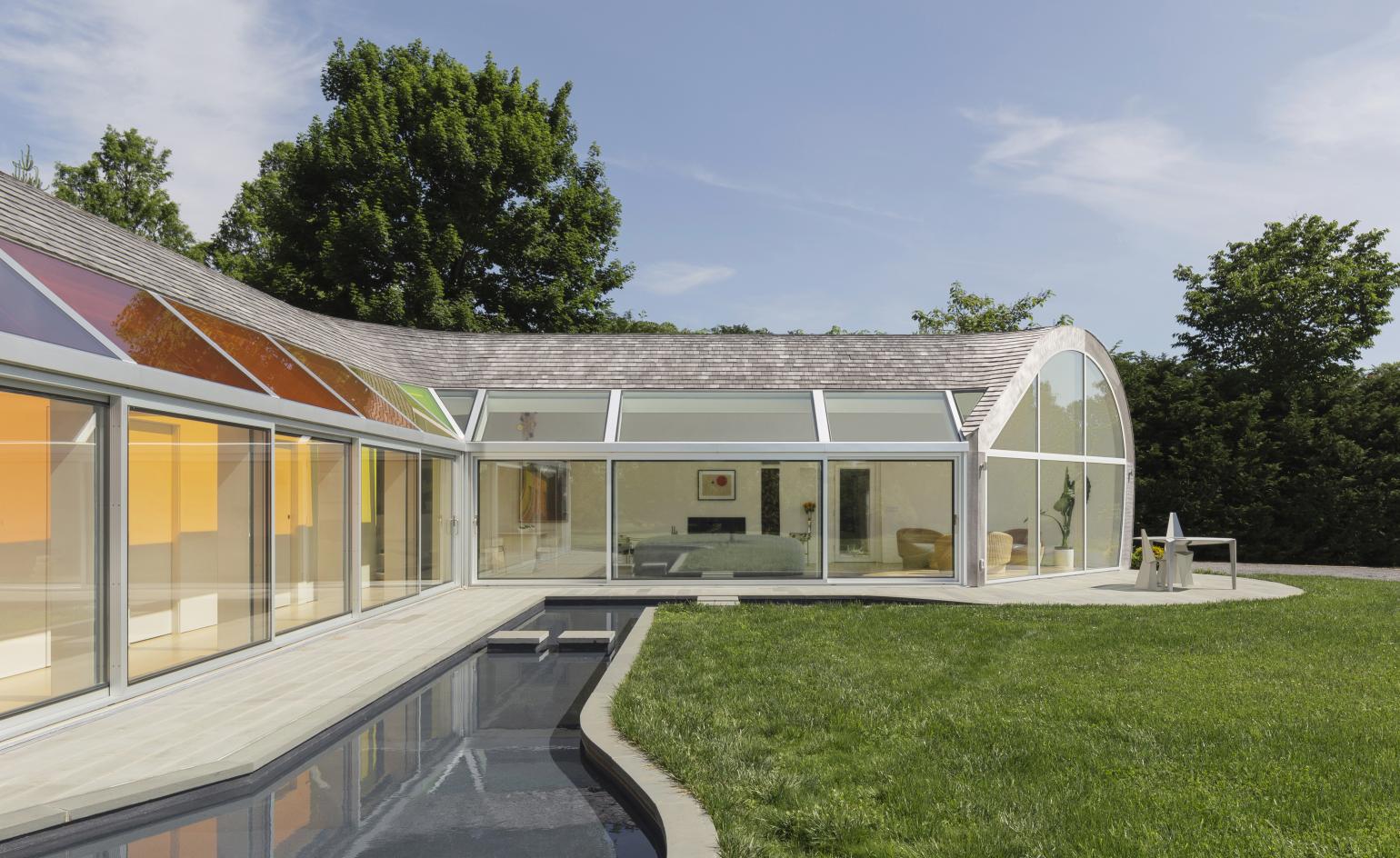
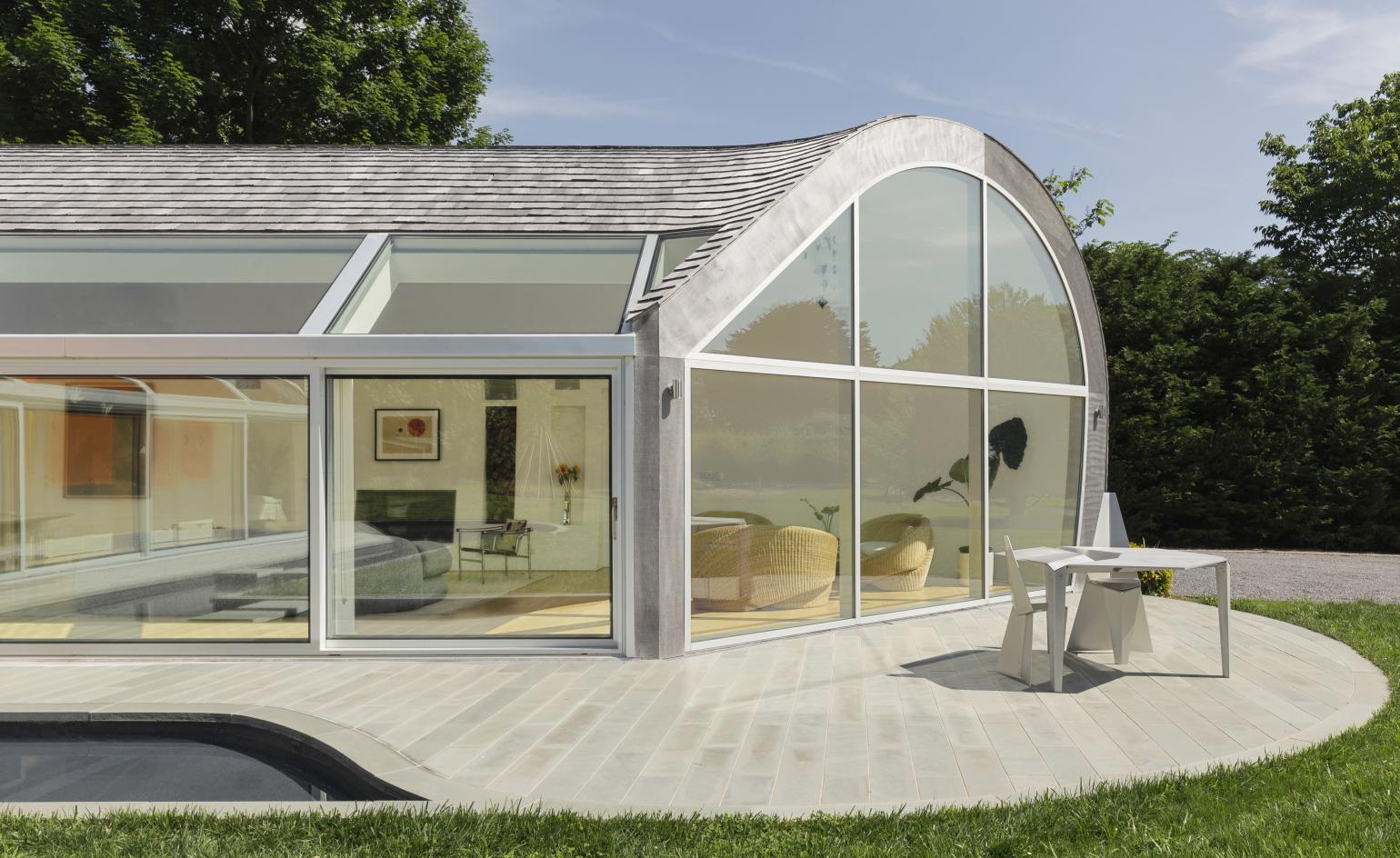
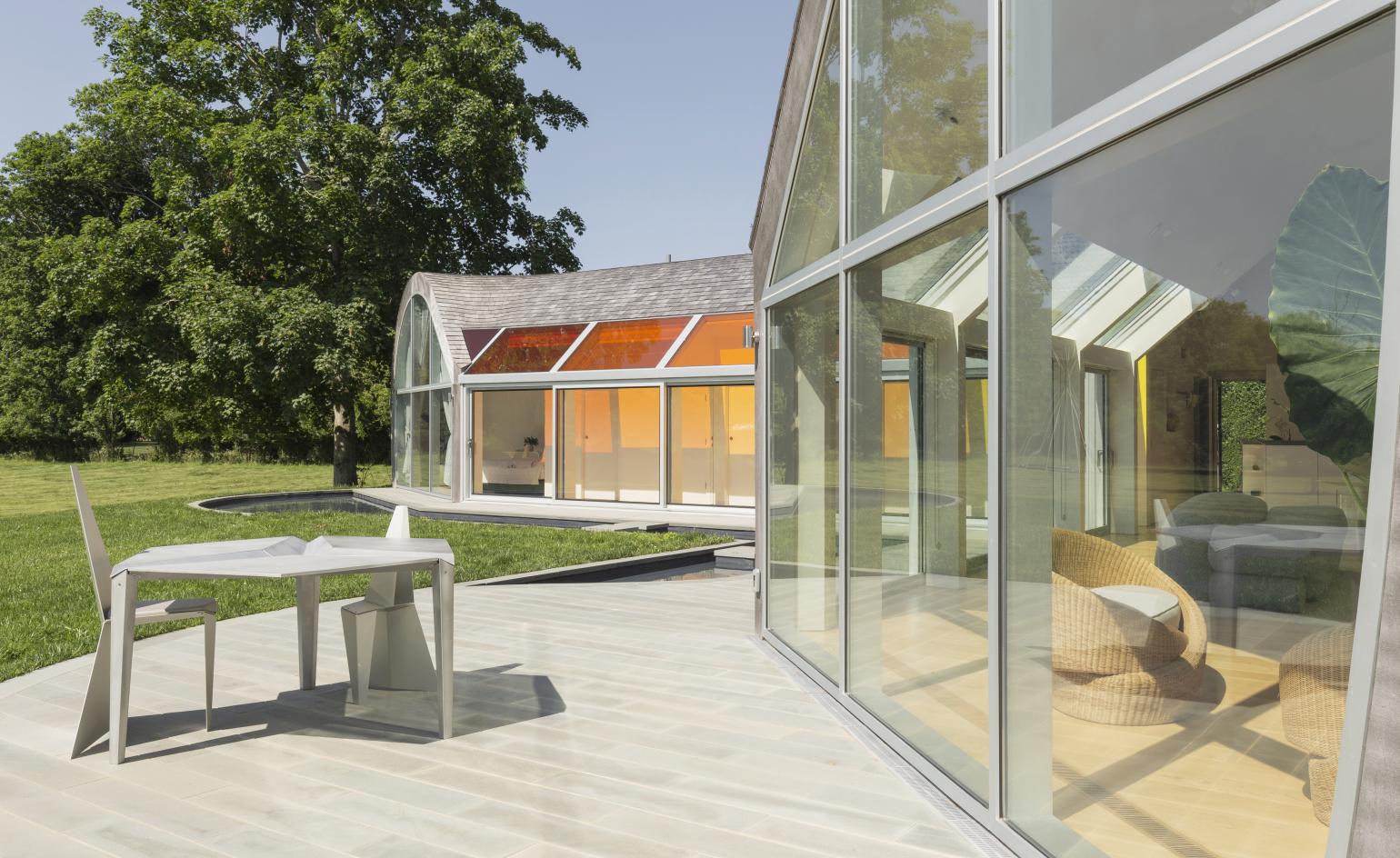
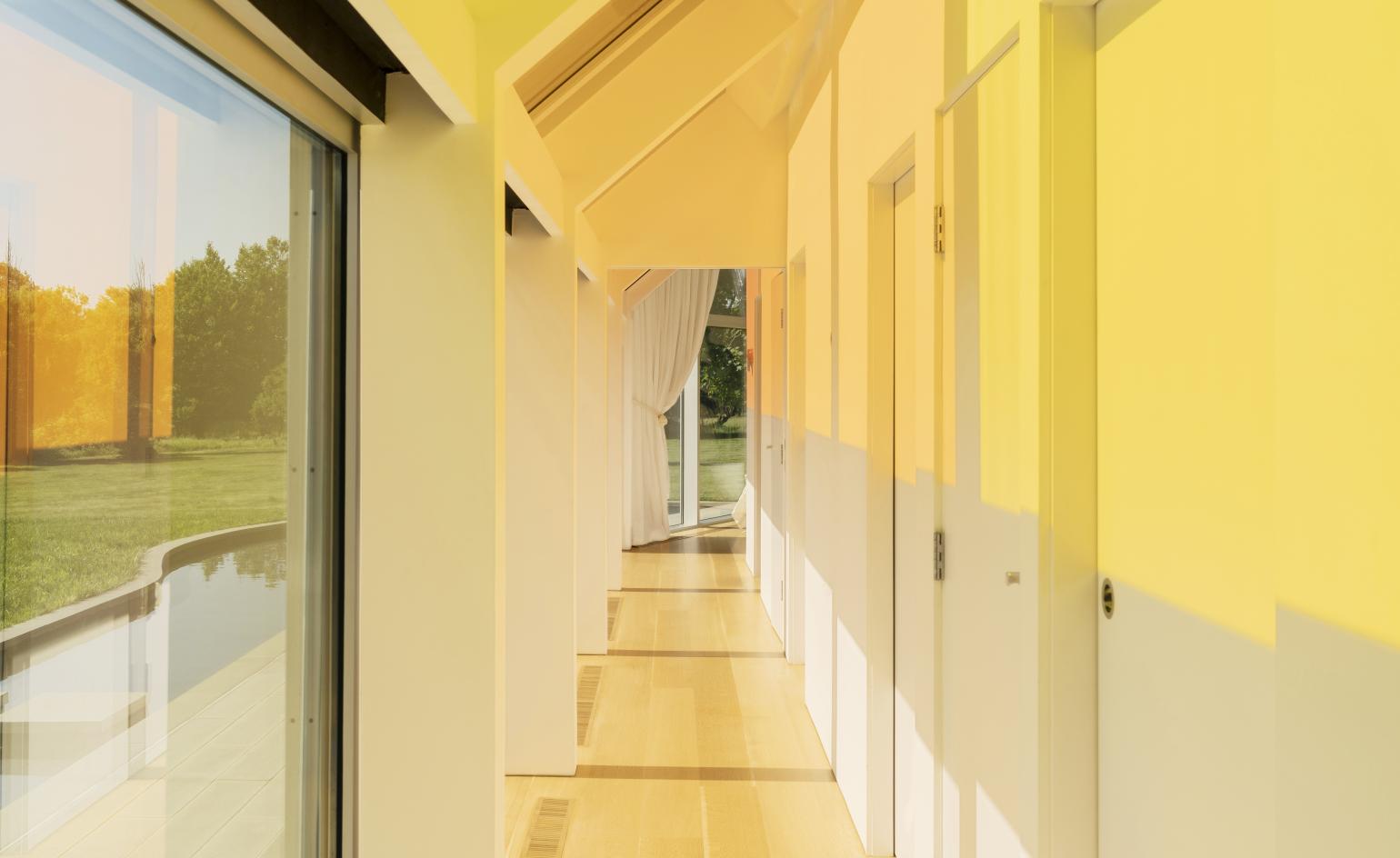
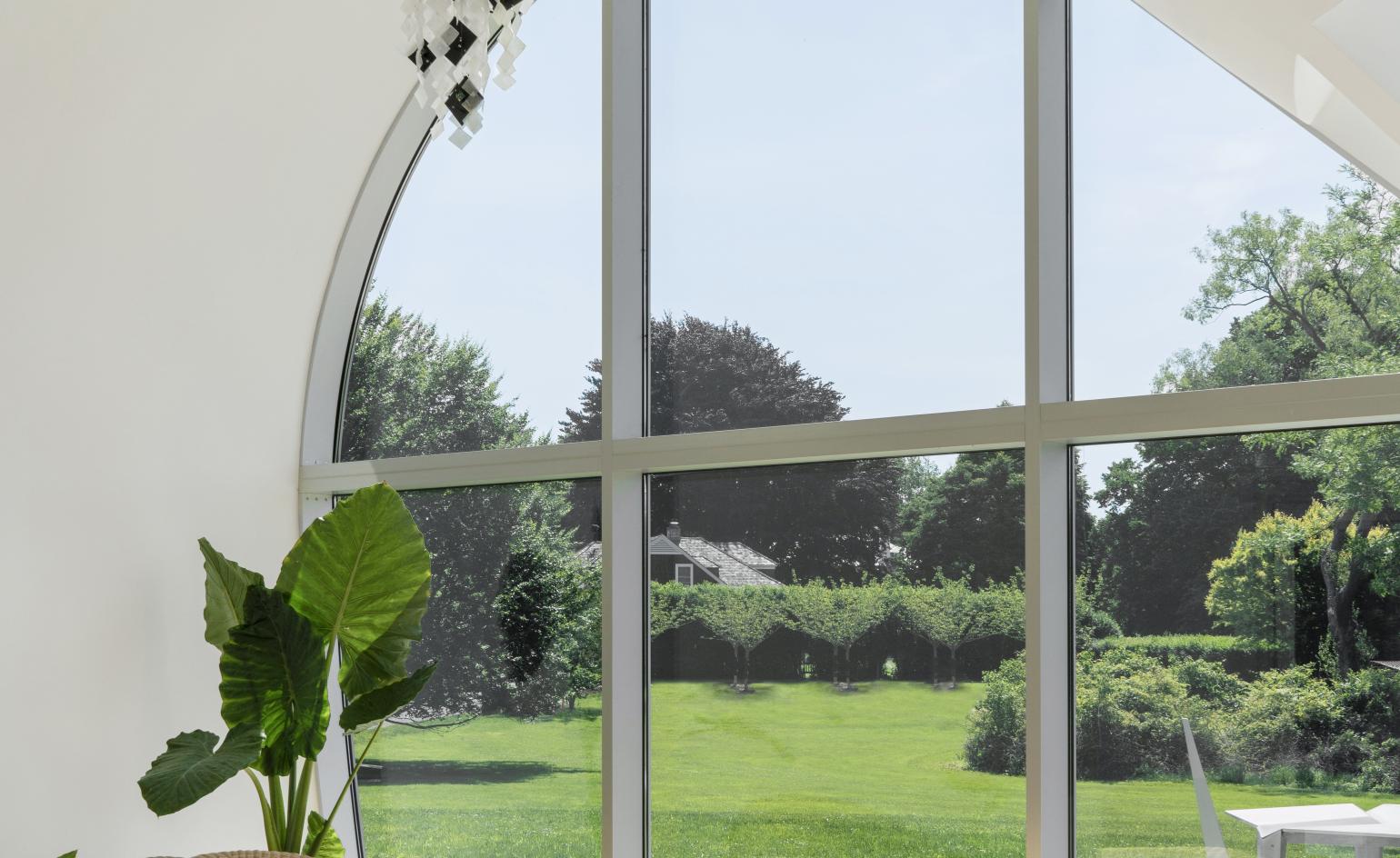
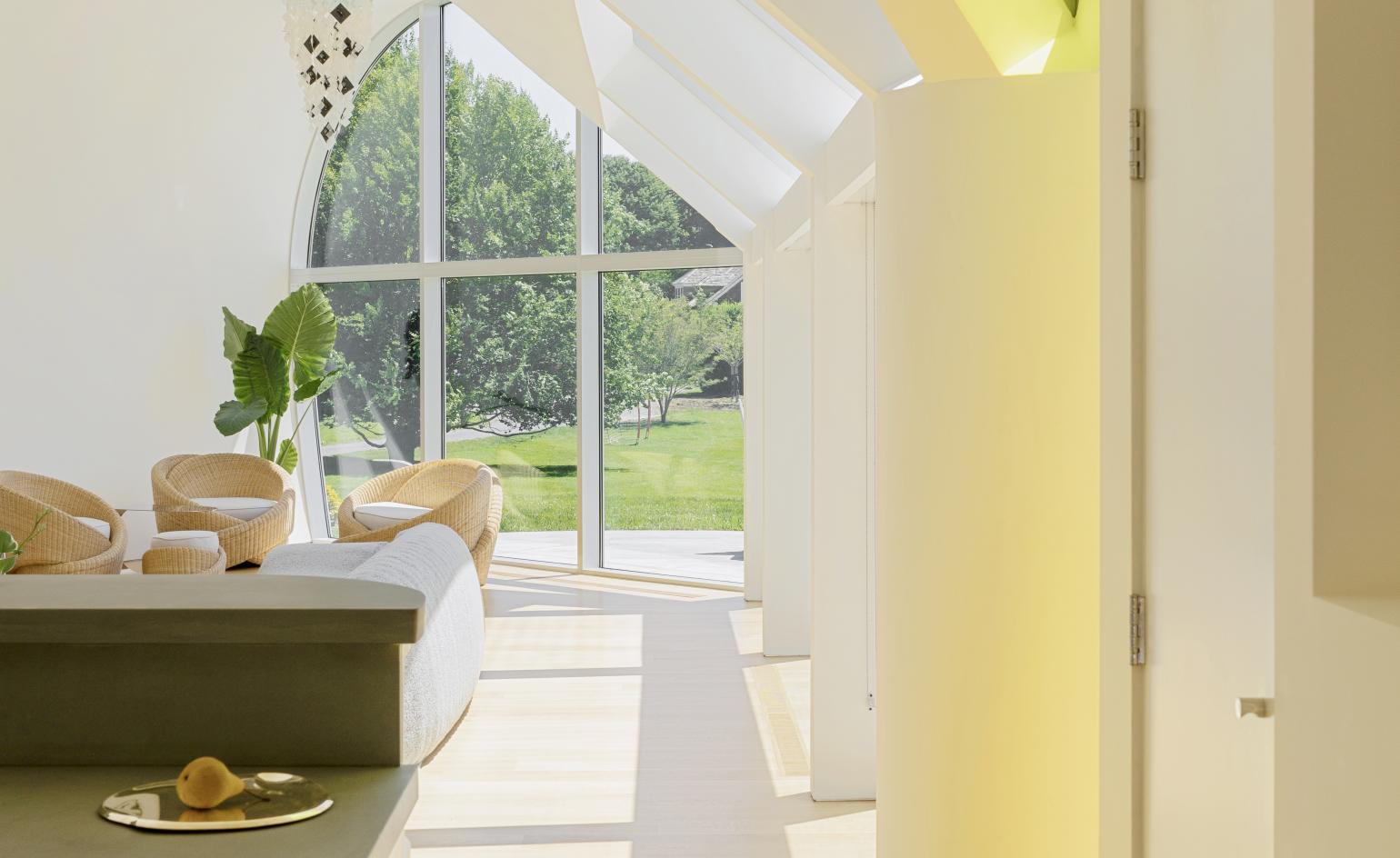
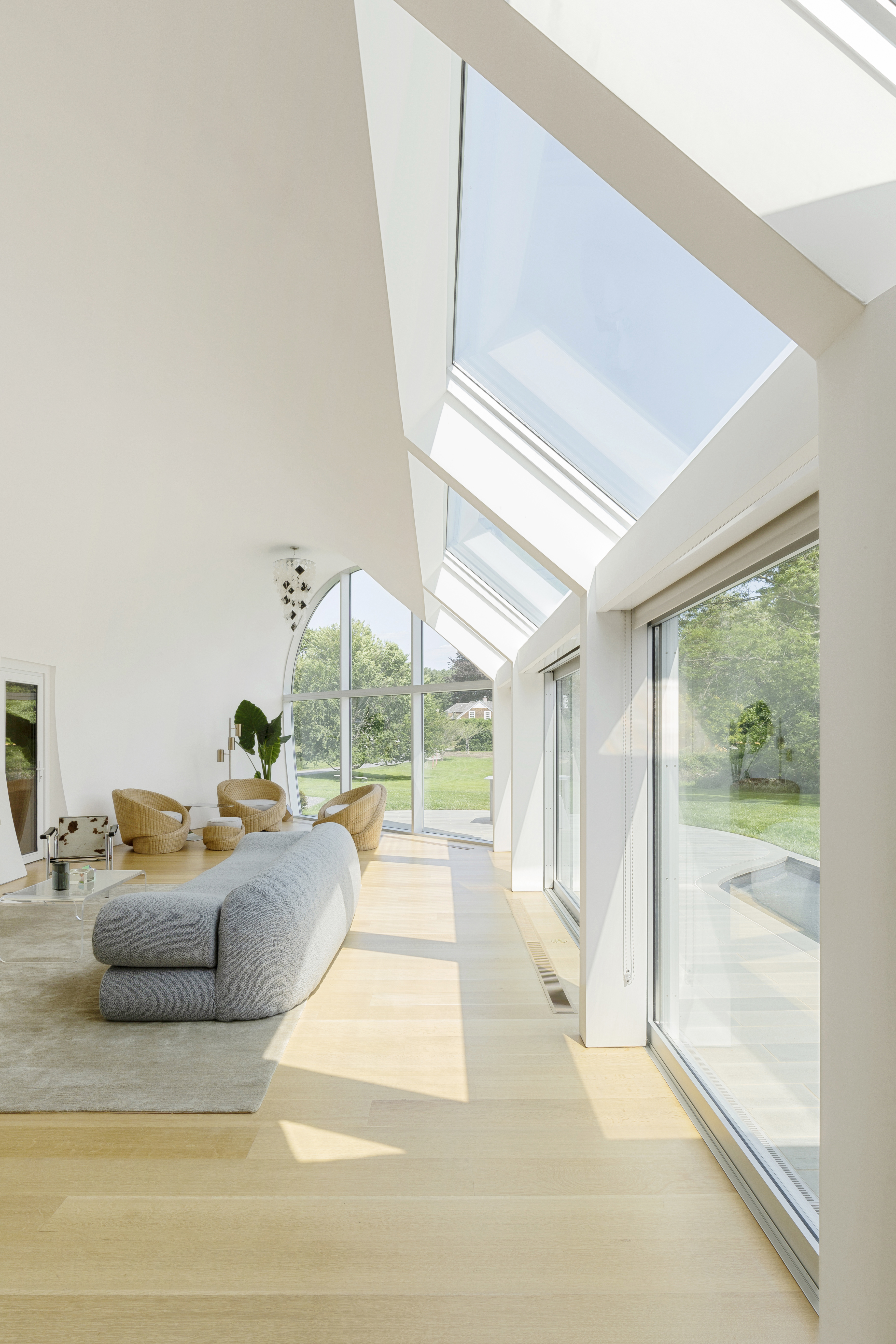
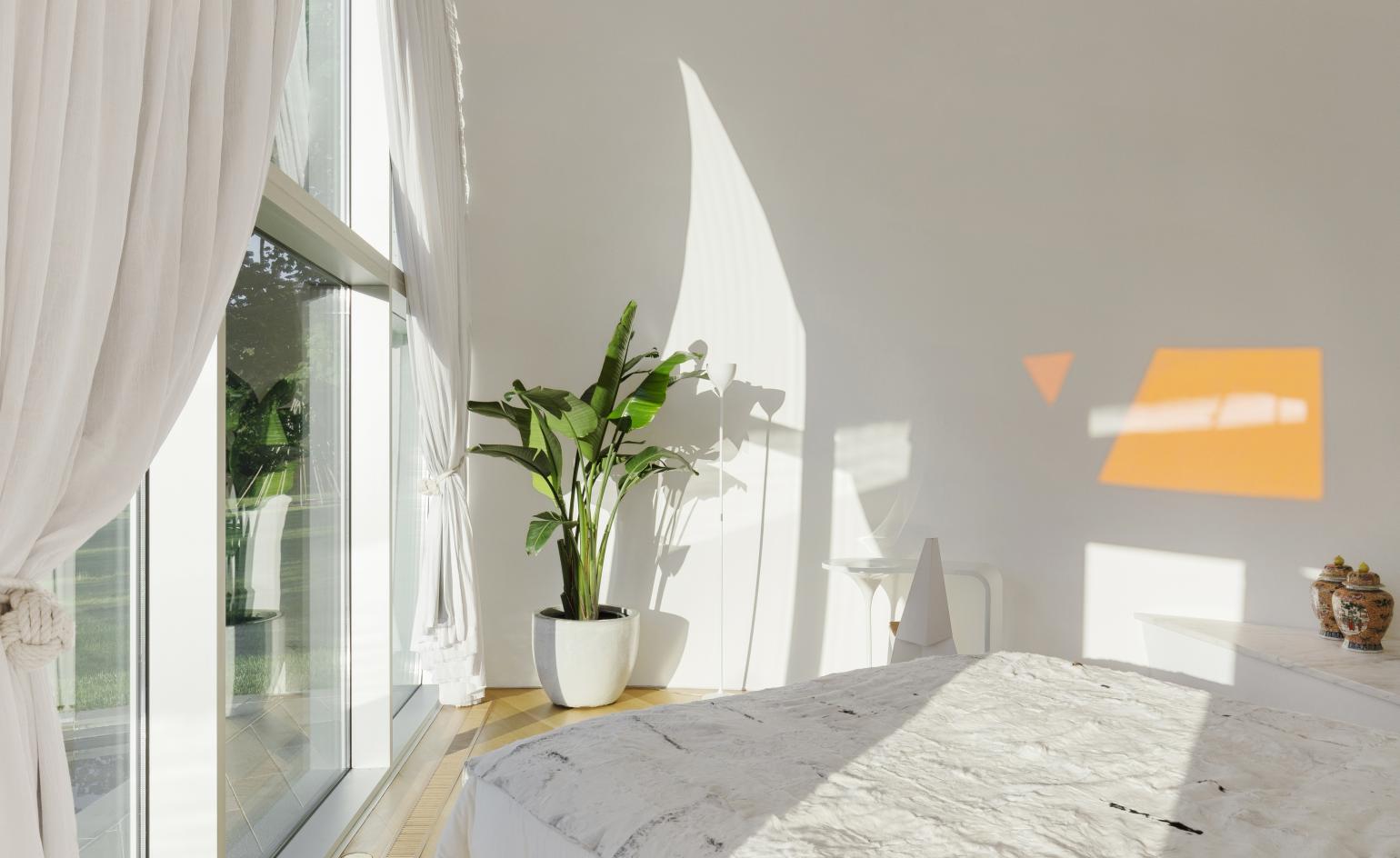

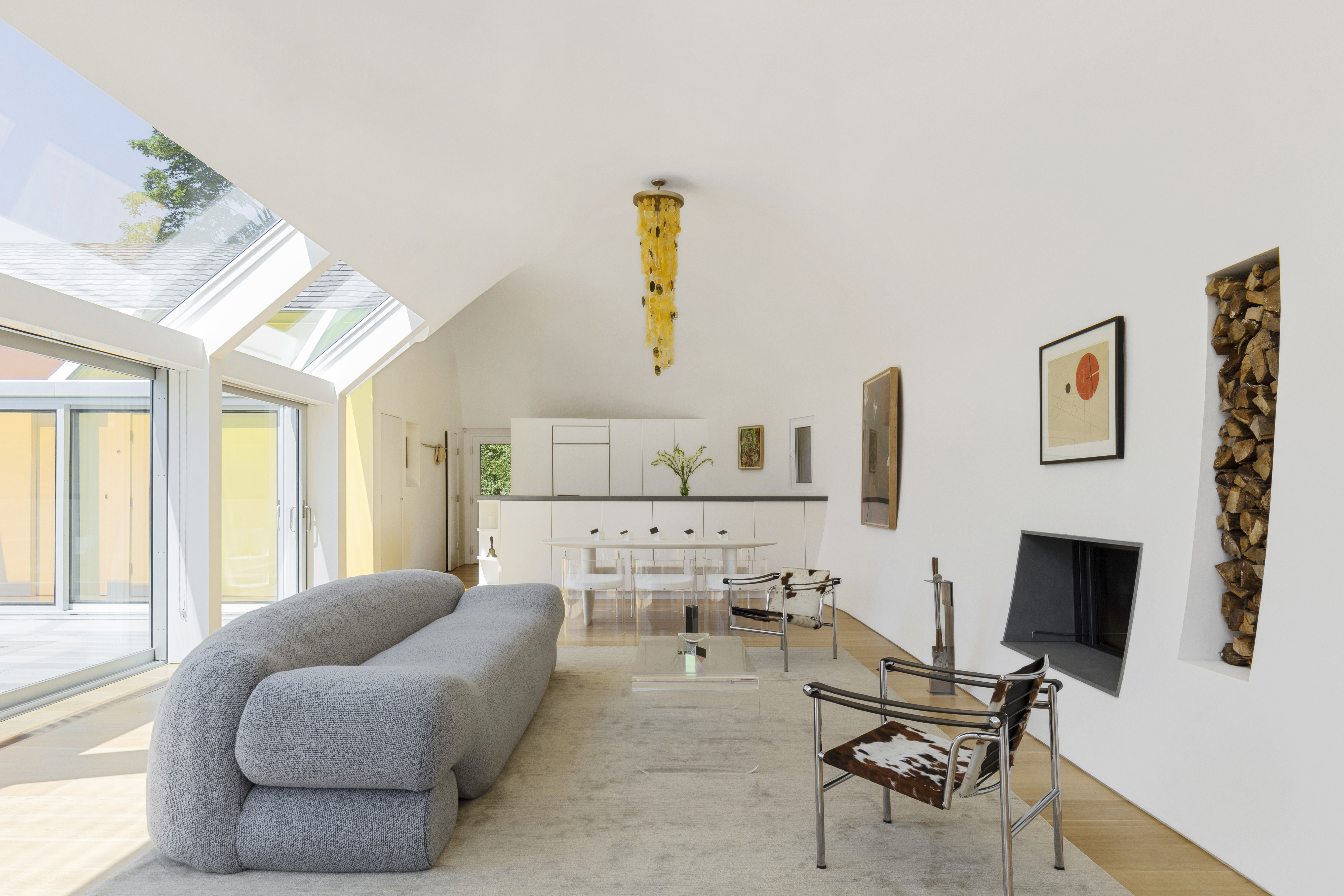
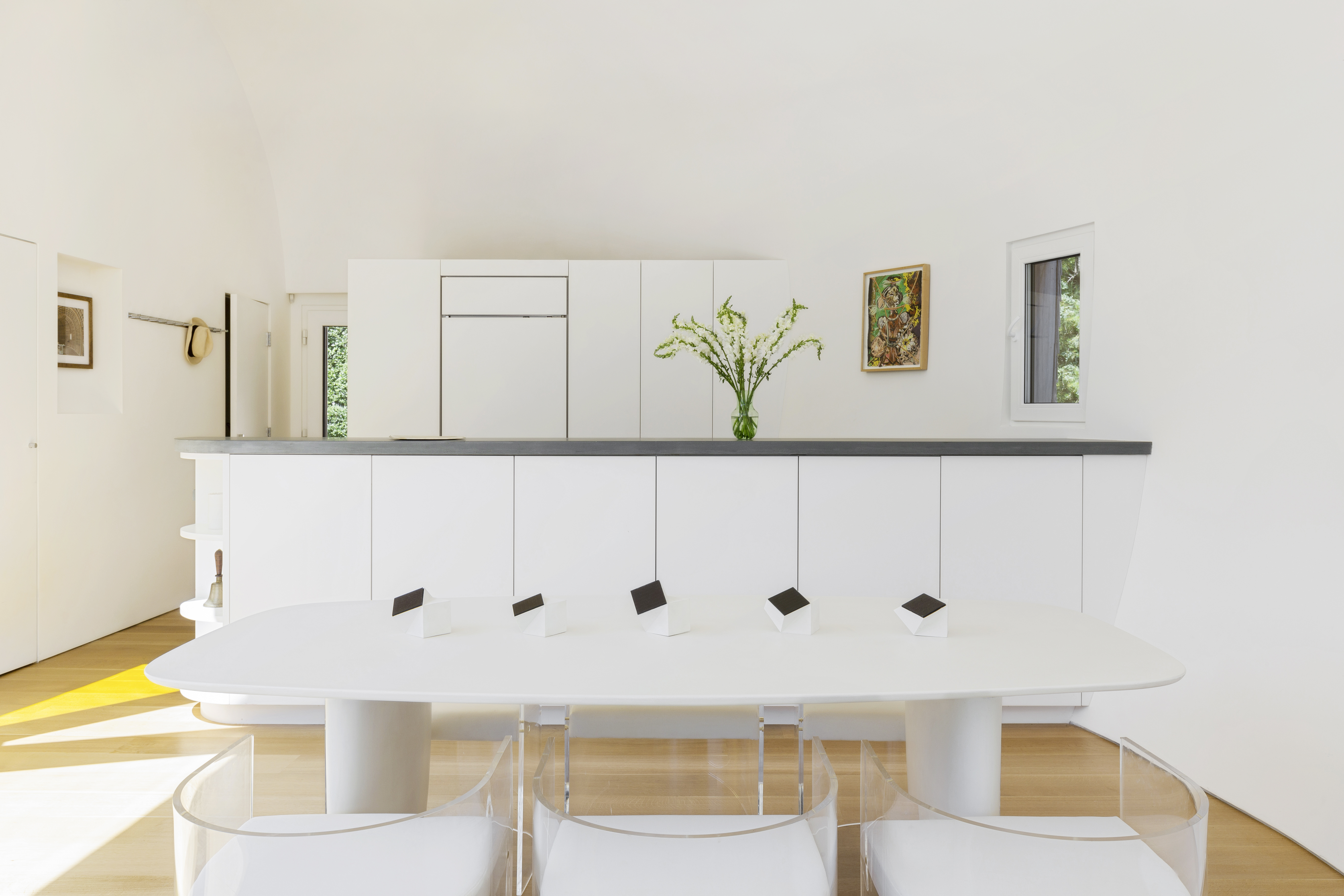
INFORMATION
Receive our daily digest of inspiration, escapism and design stories from around the world direct to your inbox.
-
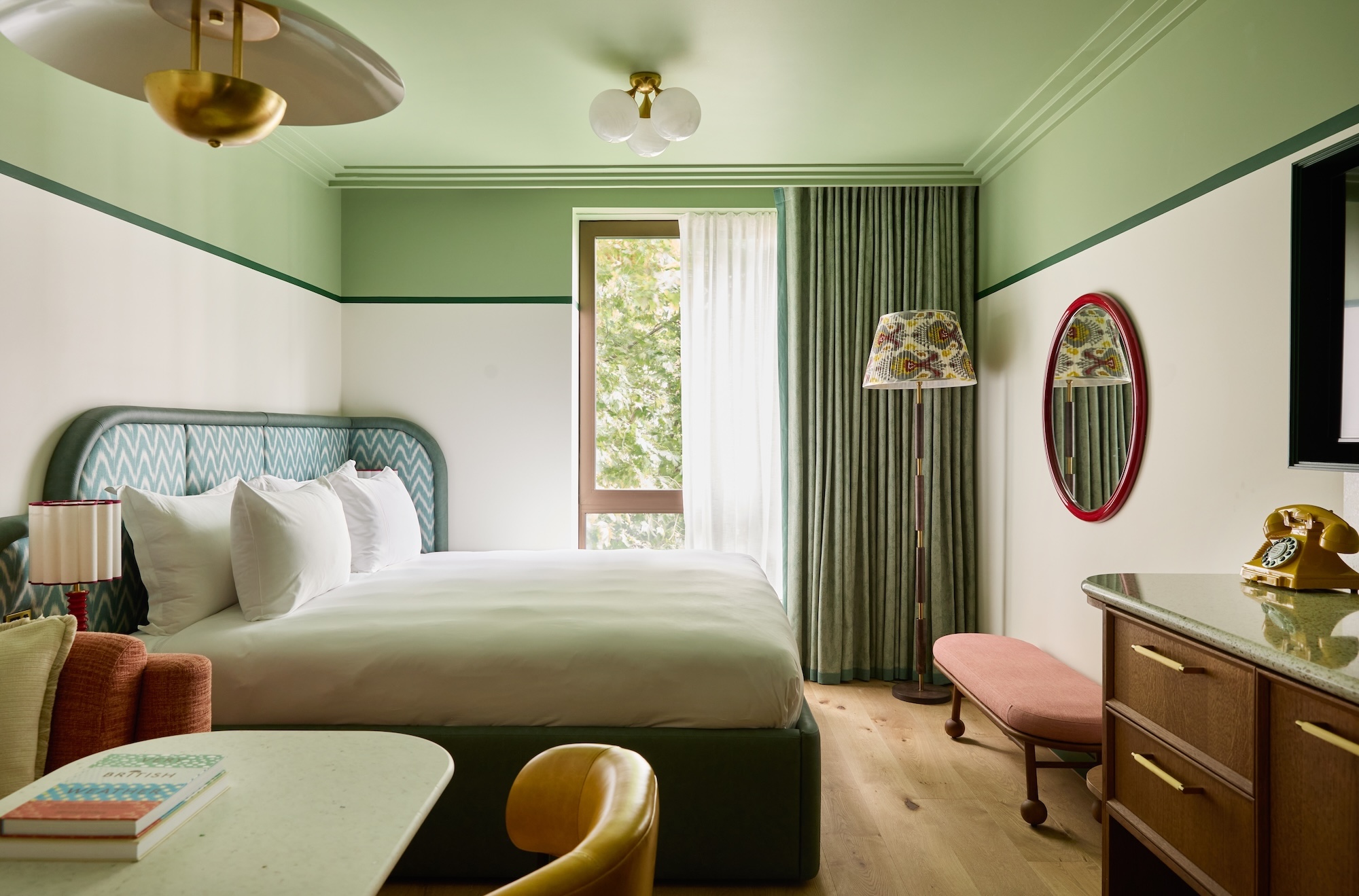 At last: a London hotel that’s great for groups and extended stays
At last: a London hotel that’s great for groups and extended staysThe July London Victoria, a new aparthotel concept just steps away from one of the city's busiest rail stations, is perfect for weekends and long-term visits alike
-
 Three new smartwatches showcase new frontiers in affordable timepiece design
Three new smartwatches showcase new frontiers in affordable timepiece designLong may you run: smartwatches from Withit, Kospet and OnePlus favour function and value above all else, demonstrating just how much the smartwatch has evolved in recent years
-
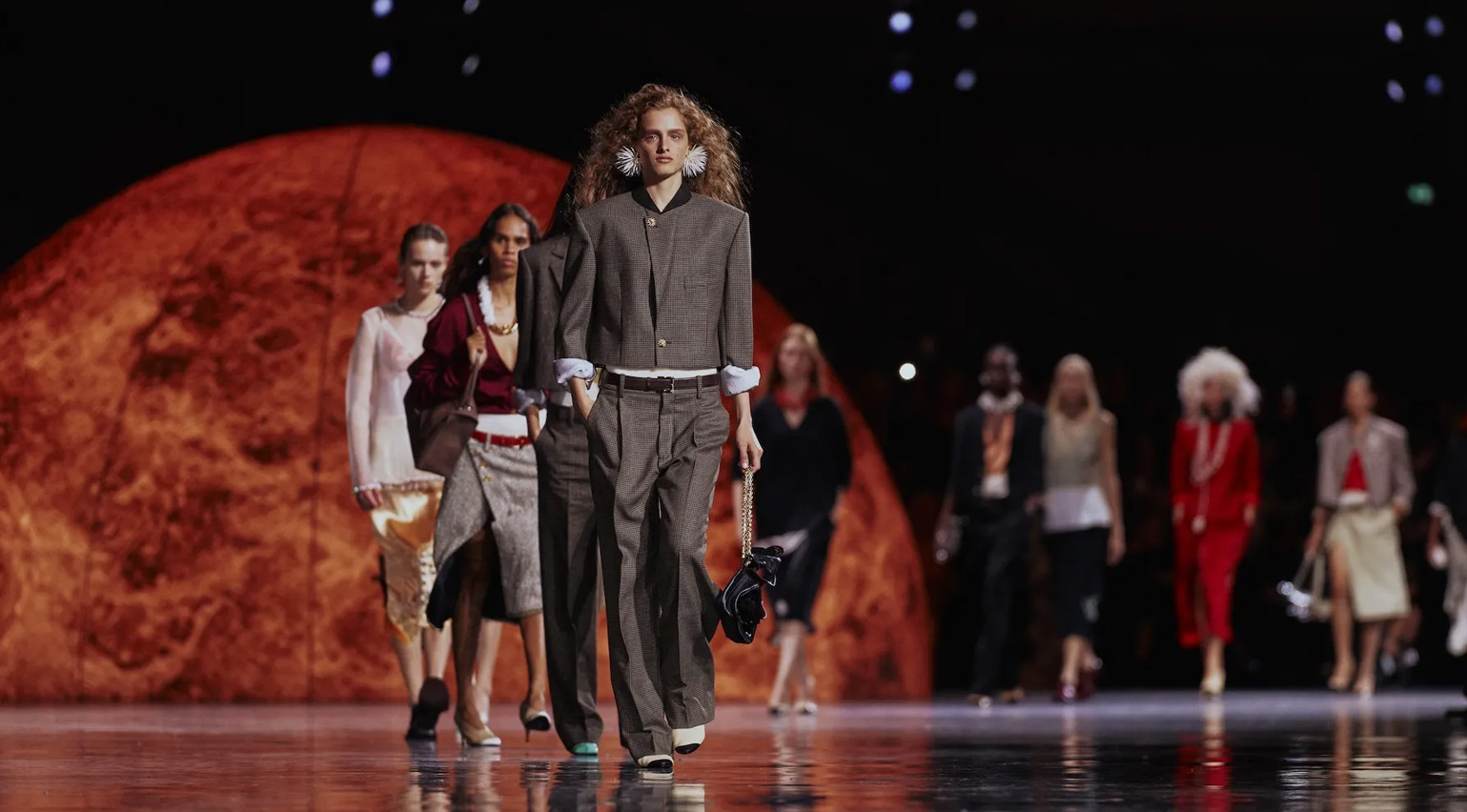 Debuts, dandies, Demi Moore: 25 fashion moments that defined 2025 in style
Debuts, dandies, Demi Moore: 25 fashion moments that defined 2025 in style2025 was a watershed year in fashion. As selected by the Wallpaper* style team, here are the 25 moments that defined the zeitgeist
-
 Step inside this resilient, river-facing cabin for a life with ‘less stuff’
Step inside this resilient, river-facing cabin for a life with ‘less stuff’A tough little cabin designed by architects Wittman Estes, with a big view of the Pacific Northwest's Wenatchee River, is the perfect cosy retreat
-
 Remembering Robert A.M. Stern, an architect who discovered possibility in the past
Remembering Robert A.M. Stern, an architect who discovered possibility in the pastIt's easy to dismiss the late architect as a traditionalist. But Stern was, in fact, a design rebel whose buildings were as distinctly grand and buttoned-up as his chalk-striped suits
-
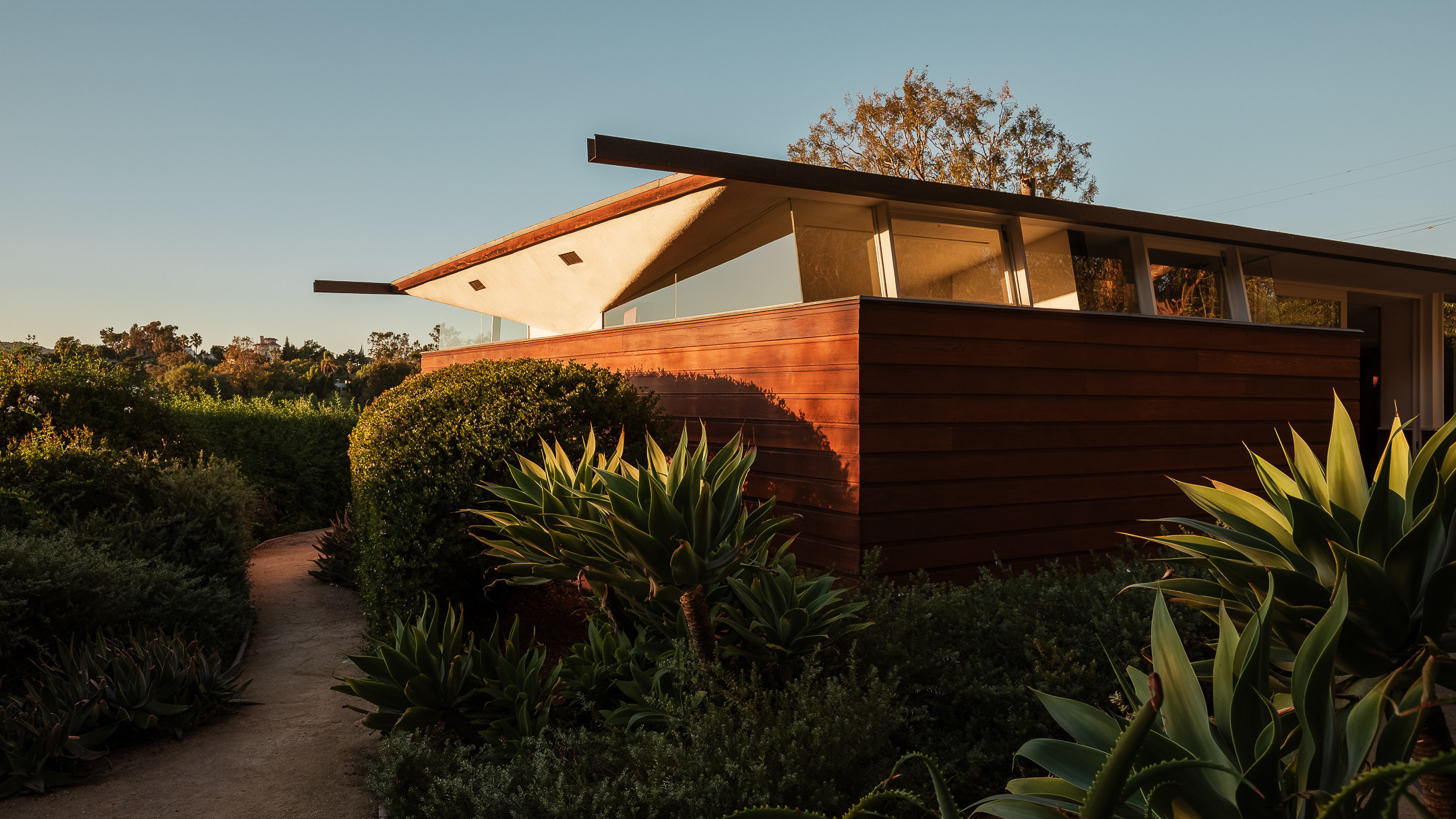 Own an early John Lautner, perched in LA’s Echo Park hills
Own an early John Lautner, perched in LA’s Echo Park hillsThe restored and updated Jules Salkin Residence by John Lautner is a unique piece of Californian design heritage, an early private house by the Frank Lloyd Wright acolyte that points to his future iconic status
-
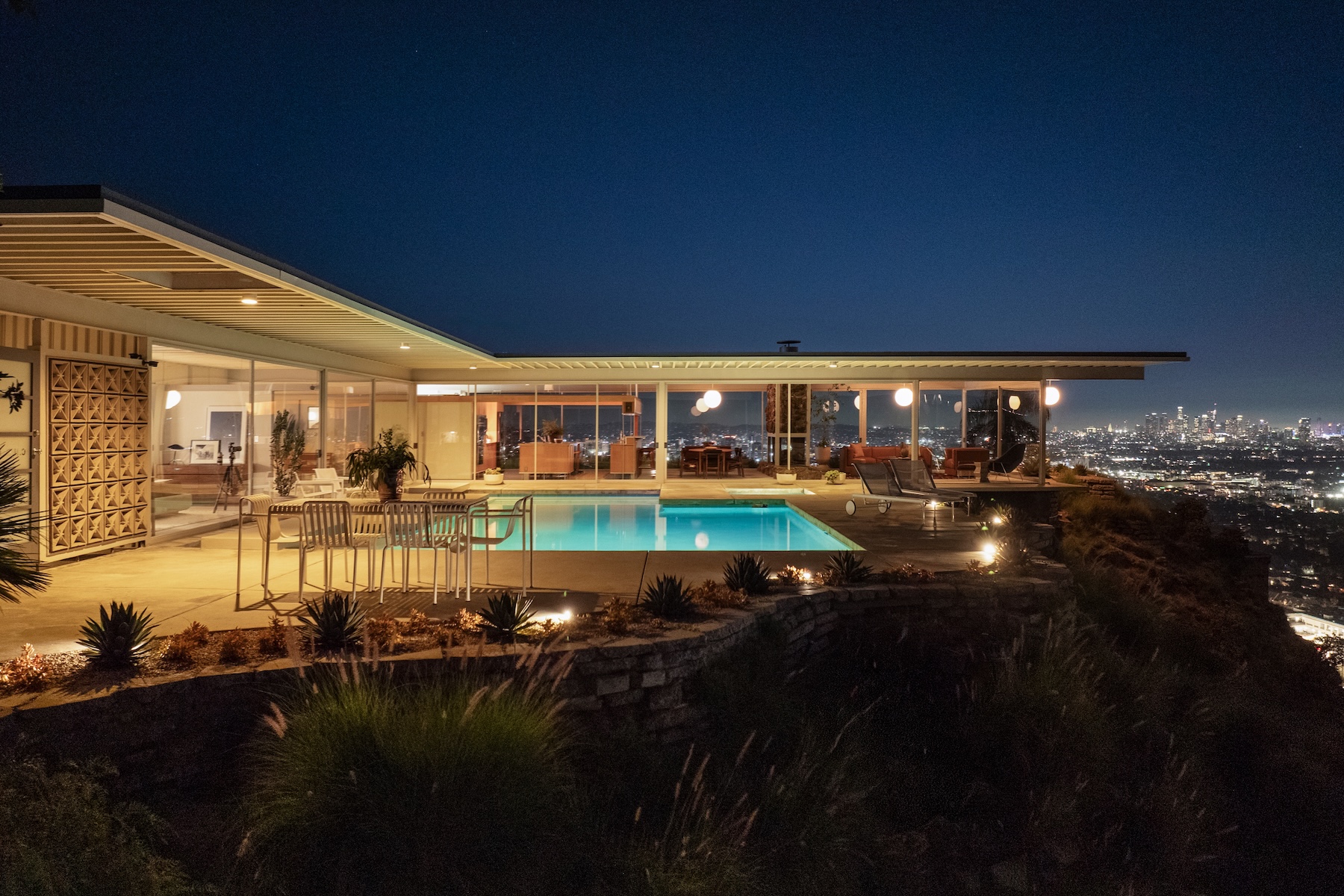 The Stahl House – an icon of mid-century modernism – is for sale in Los Angeles
The Stahl House – an icon of mid-century modernism – is for sale in Los AngelesAfter 65 years in the hands of the same family, the home, also known as Case Study House #22, has been listed for $25 million
-
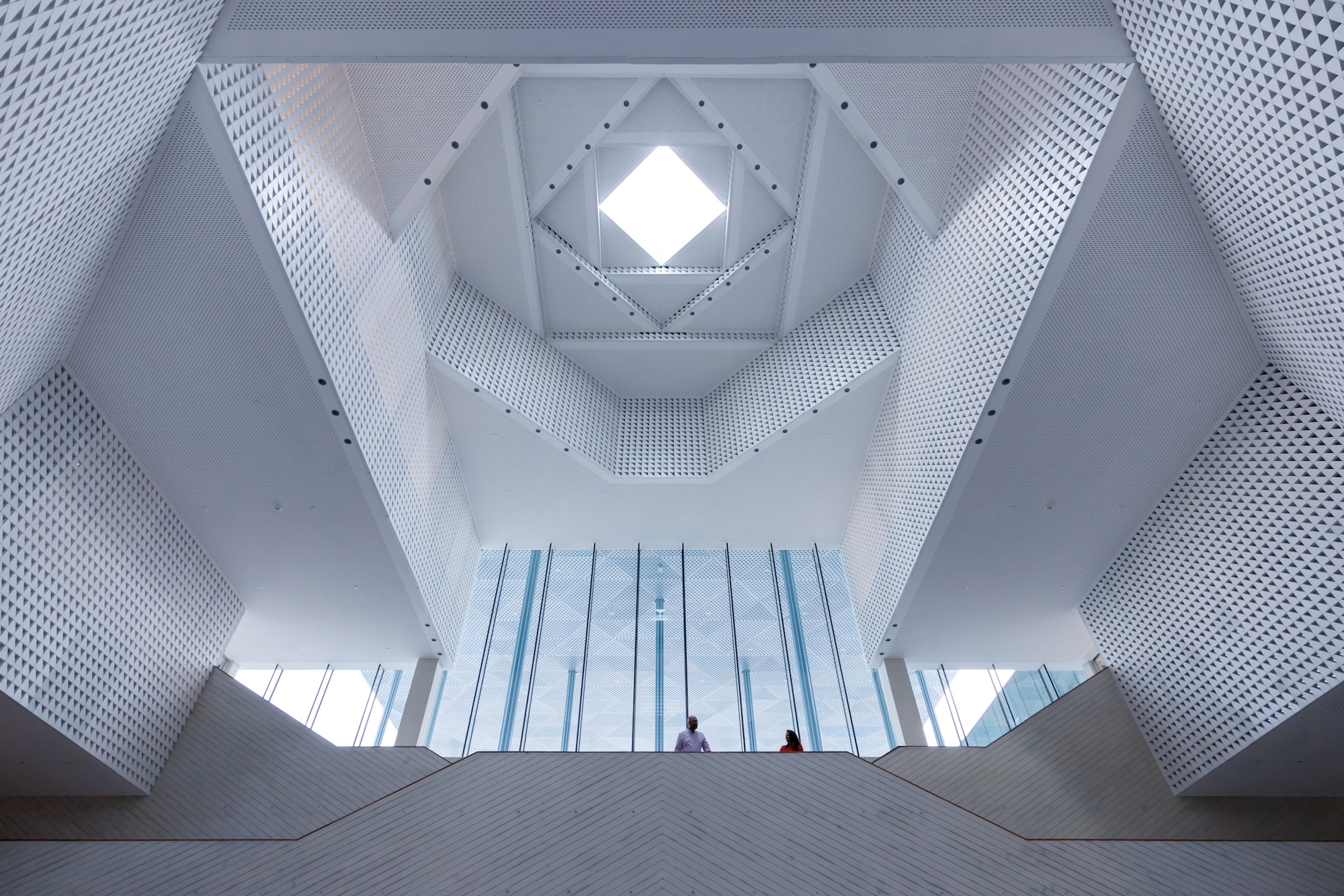 Houston's Ismaili Centre is the most dazzling new building in America. Here's a look inside
Houston's Ismaili Centre is the most dazzling new building in America. Here's a look insideLondon-based architect Farshid Moussavi designed a new building open to all – and in the process, has created a gleaming new monument
-
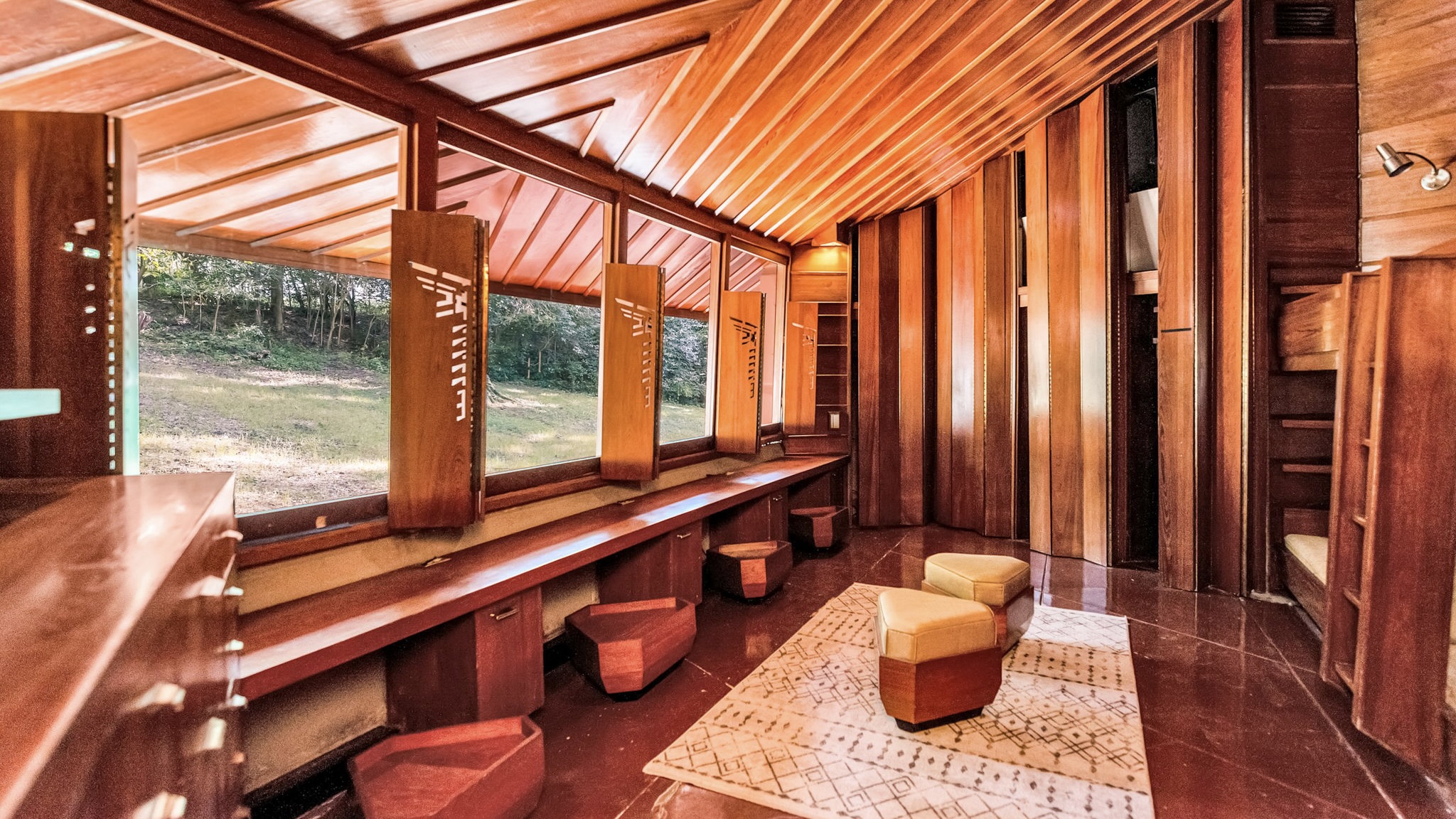 Frank Lloyd Wright’s Fountainhead will be opened to the public for the first time
Frank Lloyd Wright’s Fountainhead will be opened to the public for the first timeThe home, a defining example of the architect’s vision for American design, has been acquired by the Mississippi Museum of Art, which will open it to the public, giving visitors the chance to experience Frank Lloyd Wright’s genius firsthand
-
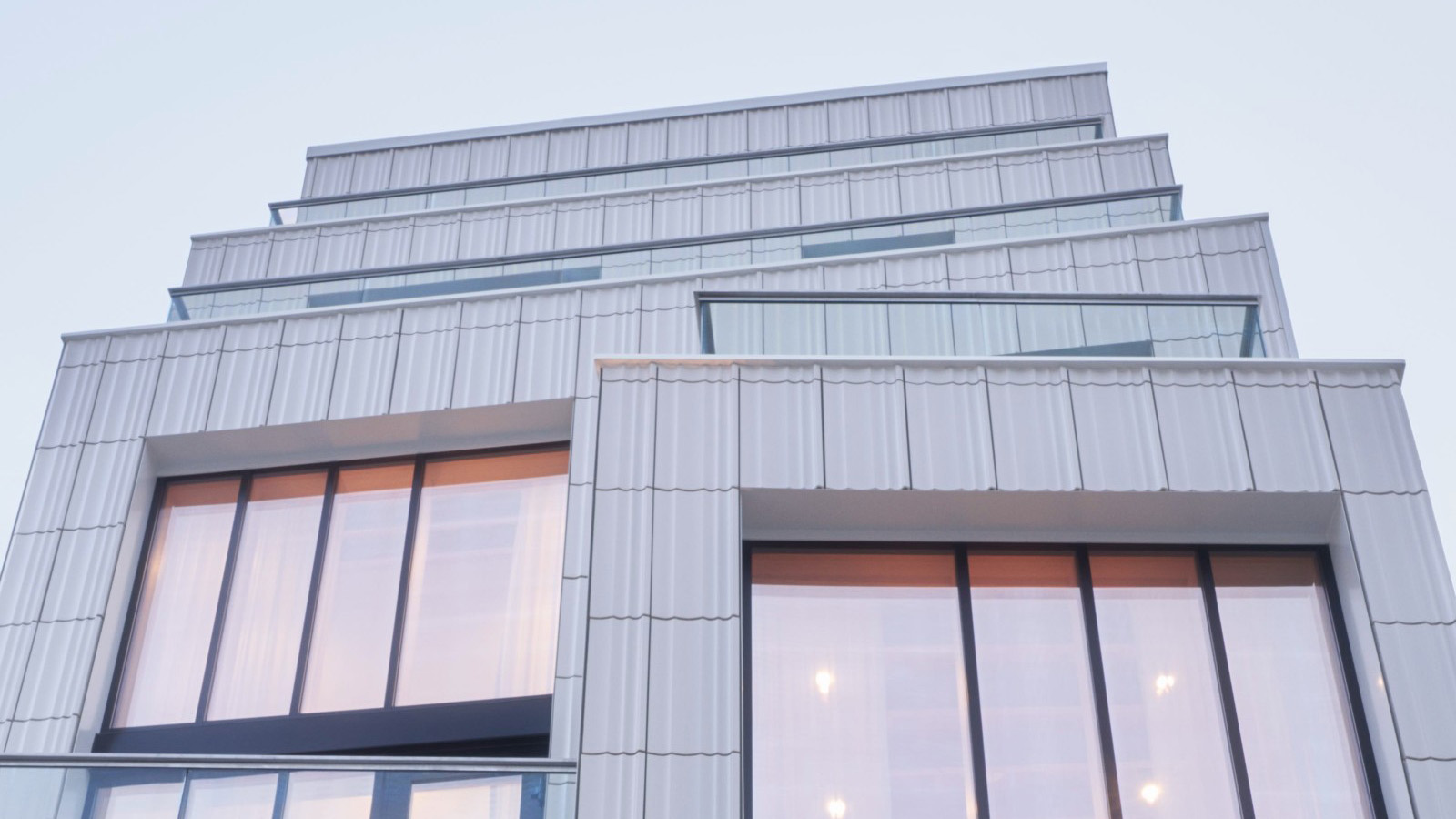 Clad in terracotta, these new Williamsburg homes blend loft living and an organic feel
Clad in terracotta, these new Williamsburg homes blend loft living and an organic feelThe Williamsburg homes inside 103 Grand Street, designed by Brooklyn-based architects Of Possible, bring together elegant interiors and dramatic outdoor space in a slick, stacked volume
-
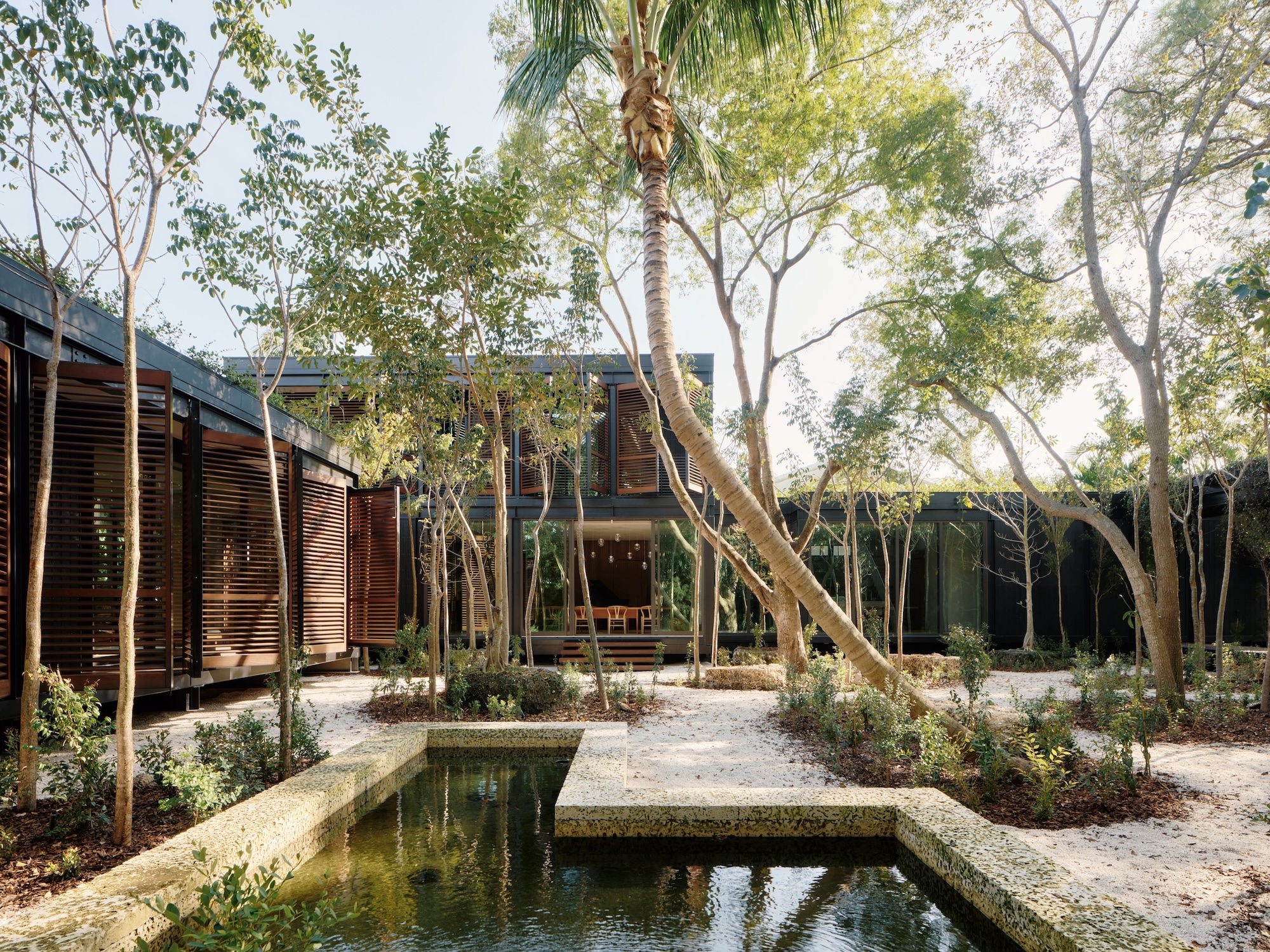 This ethereal Miami residence sprouted out of a wild, jungle-like garden
This ethereal Miami residence sprouted out of a wild, jungle-like gardenA Miami couple tapped local firm Brillhart Architecture to design them a house that merged Florida vernacular, Paul Rudolph and 'too many plants to count’